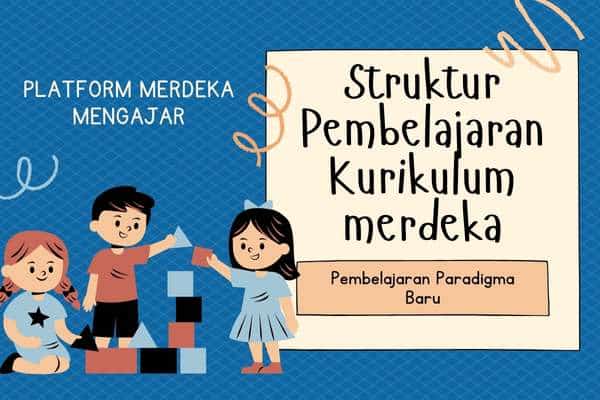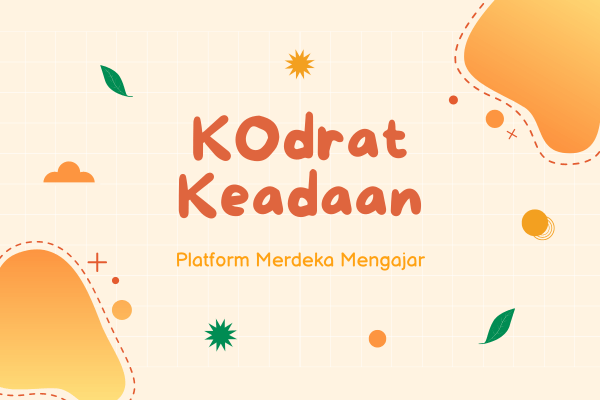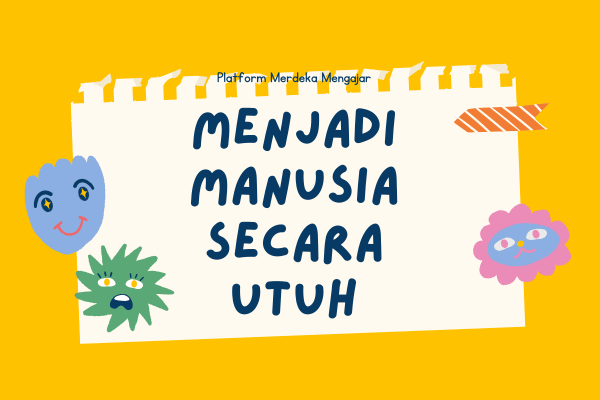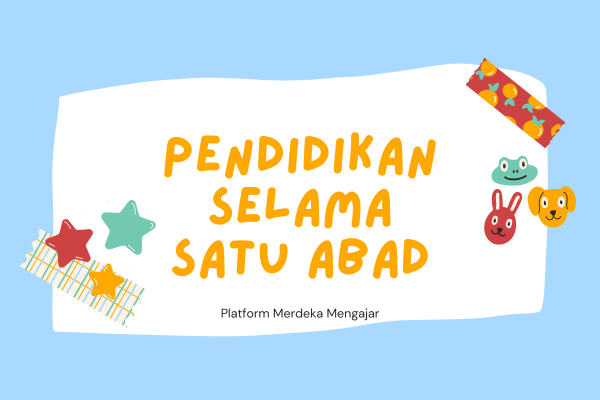Structure of Learning in the Merdeka Curriculum
Structure of Curriculum with a New Paradigm
Kurikulum Merdeka is an innovation in the field of education in Indonesia. In this curriculum, there is a shift in the learning paradigm aimed at fostering lifelong learners in line with the Pancasila student profile. One important aspect of Kurikulum Merdeka is its new structure of learning.
How is the implementation of Kurikulum Merdeka at each level?
What are the main changes in the structure of learning in Kurikulum Merdeka?
Let's discuss the learning structure in Kurikulum Merdeka, the main changes that occur at each educational level, and the importance of learning with a new paradigm.
At each educational level, learning with a new paradigm in Kurikulum Merdeka is implemented through three main components: intracurricular programs, extracurricular activities, and strengthening the Pancasila student profile. Intracurricular programs include subject matter and other additional content, such as local content if applicable to the educational unit. In learning with a new paradigm, emphasis is placed on engaging activities that stimulate curiosity and are connected to students' daily lives. Students are encouraged to observe, ask questions, gather information, think critically, make associations, and communicate their findings. At each stage, students also reflect on their learning process. This learning is conducted in a safe, comfortable, respectful environment tailored to the students' needs.
One important aspect of the learning structure in Kurikulum Merdeka is the collection of information from the real environment. Students are given opportunities to interact directly with their surroundings in the learning process. For example, they can be taken to the schoolyard to learn about soil in science lessons or to the market to observe and interview vendors and buyers in economics lessons. This way, students can experience meaningful learning that is connected to their daily lives.
Changes in the learning structure
The main changes in the learning structure occur at each educational level in Kurikulum Merdeka. In the foundation phase, known as Early Childhood Education (PAUD), students learn through play activities that cover literacy, numeracy, religion, and morality. PAUD prepares students for the next level of education, which is Elementary School (SD). At the SD level, the subjects of Natural Sciences (IPA) and Social Sciences (IPS) are combined into the subject of Integrated Natural and Social Sciences (IPAS). This is based on the consideration that elementary school-age children are still in the stage of simple, holistic, and comprehensive concrete thinking, making the integration of these subjects more suitable for their characteristics.
At the Junior High School (SMP) level, Informatics becomes a compulsory subject. This is in recognition of the importance of digital literacy and mastery of information technology in the current digital era. At the Senior High School (SMA) level, students are prepared according to their interests, which will support their choices for further education. Learning is divided into general subjects and specialization programs. The specialization programs start in grade 11, where students are given the freedom to choose several elective subjects based on their interests, talents, and aspirations. Although these subjects are interdisciplinary, the specialization programs provide opportunities for students to develop specific interests and skills.
For the Vocational High School (SMK) level, schools can offer vocational and craft subjects that collaborate with the industrial community. This aims to align learning with the needs of the job market and industries in the surrounding environment. Kurikulum Merdeka also pays special attention to Special Needs Schools (SLB). In SLBs, the use of learning achievements is adjusted based on the analysis of the students' mental age, as the same chronological age does not always mean the same mental age. Extracurricular activities are still held in Kurikulum Merdeka and can be developed by educational units according to the capacity and characteristics of the students.
Project-Based Learning in Kurikulum Merdeka
Furthermore, Kurikulum Merdeka also introduces project-based learning aimed at strengthening the Pancasila student profile. Through predetermined themes such as sustainable lifestyles, local wisdom, Bhinneka Tunggal Ika, and others, students are encouraged to apply interdisciplinary knowledge and develop critical thinking and problem-solving skills. This project-based learning provides students with opportunities to hone their skills and enhance their understanding of Pancasila values.
In its implementation, it is important to assess and evaluate the learning process. Assessment is the process of collecting and processing information to determine students' learning needs, development, and achievements. Teachers have the authority to design, determine techniques, and timing of assessments according to the conditions and needs. The results of these assessments provide feedback to teachers, students, and parents to determine subsequent learning strategies and improve the quality of learning.
In the implementation of Kurikulum Merdeka, educational units also have the freedom to determine the allocation of learning time. There are three alternative learning models that can be adapted: the regular model, block model, and collaboration model. The regular model is the most common learning model, where subjects are taught separately with a fixed time allocation. The block model is a learning model where several subjects can be combined into one block of learning within a specific time period. The collaboration model is a learning model where several subjects are integrated and taught within a specific project framework.
In the overall learning structure of Kurikulum Merdeka, there are several benefits to be gained. First, students are more actively engaged in the learning process. By providing interesting and relevant learning experiences connected to their daily lives, students' motivation to learn can increase. Second, learning with a new paradigm can develop 21st-century skills such as critical thinking, creativity, collaboration, and communication. Third, Kurikulum Merdeka prepares students to become lifelong learners by fostering curiosity and self-directed learning abilities.
Conclusion
The learning structure in Kurikulum Merdeka embraces a new paradigm that emphasizes engaging, real-world connected learning and the development of 21st-century skills. Major changes occurat each educational level, including the integration of subjects, specialization programs, and collaboration with the industrial community. Project-based learning and flexible assessments are also integral parts of Kurikulum Merdeka. With proper implementation, Kurikulum Merdeka is expected to produce graduates with good academic quality, strong character, and a love for Pancasila as the foundation of the nation.







